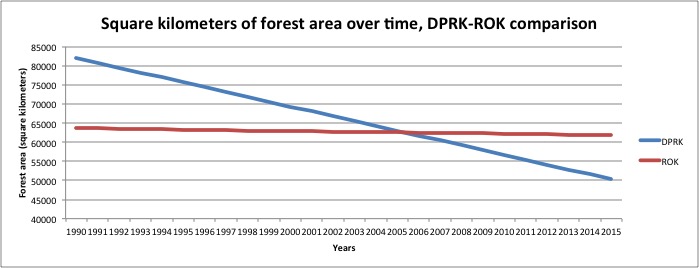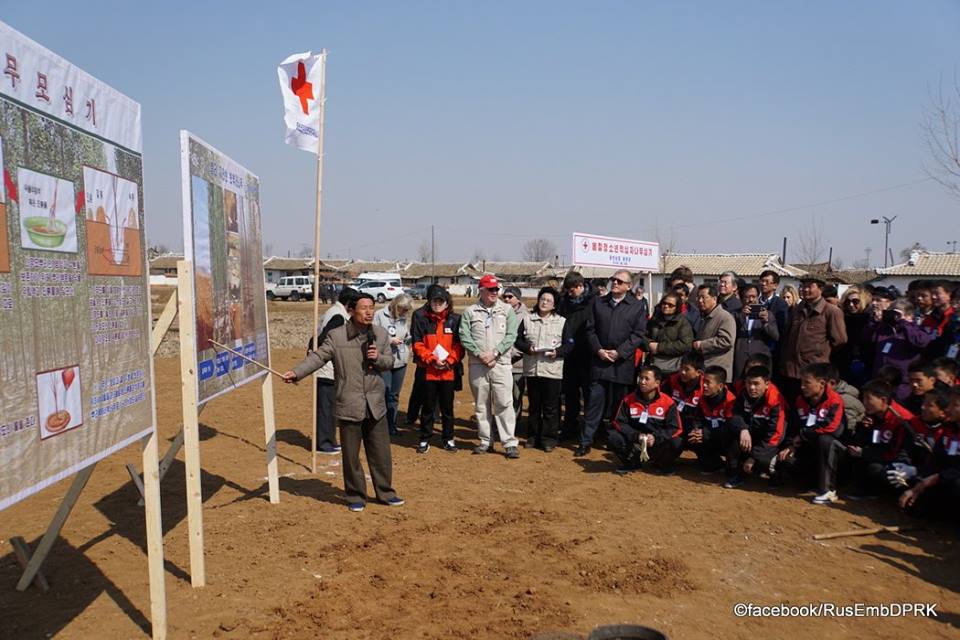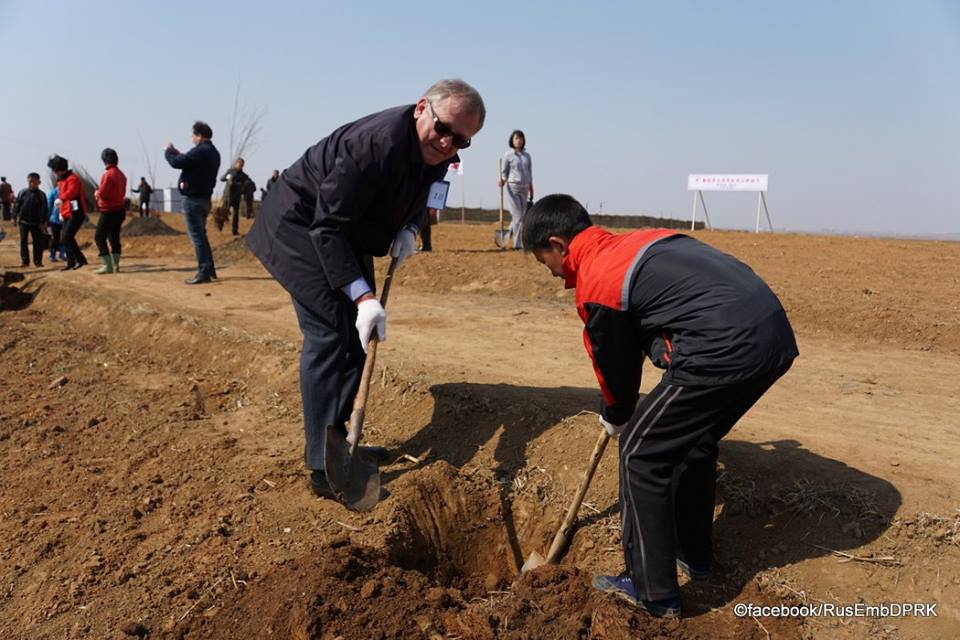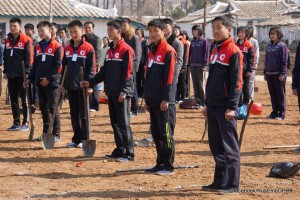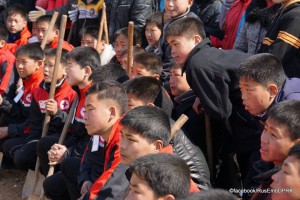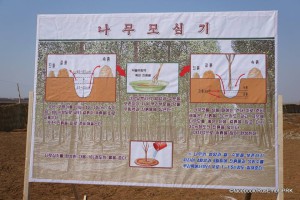By Benjamin Katzeff Silberstein
Daily NK reports some interesting (albeit anecdotal) price data from North Korea:
Firm sanctions imposed by the UN on North Korea have now been in effect for over a month. Although rice prices and the exchange rate in North Korean markets have remained relatively stable, the price of fuel has skyrocketed.
On April 4, Daily NK spoke with a source in Ryanggang Province who confirmed these facts. The price of 1 kilogram [the kilogram is the standard measurement of gasoline and diesel fuel in North Korea, though the liter is often used colloquially] of gasoline, which was 7,000 KPW [0.86 USD] at the end of March, increased in the first week of April to 10,700 KPW [1.32 USD].
This represents a 52 percent price increase in just a week.
Sources in North Hamgyong Province and Pyongyang have corroborated this news, reporting that prices in their regions are reflecting the trends prevailing in Ryanggang Province.
Diesel fuel prices have increased in tandem with gasoline. In Hyesan, 1 kilogram of gasoline is going for 6,350 KPW [0.78 USD] at the markets, a 1,000 KPW [0.12 USD] increase over last month’s prices.
This is a much smaller prices change — an 18 percent increase — but still significant.
A major factor behind the price spike is thought to be the large-scale construction projects that are underway, the source said, further noting that, “Workers mobilized for construction projects are saying that their worries are increasing at the same rate as fuel prices.”
Concerns that these prices will only continue to rise are widespread. Of particular importance, because planting season is just around the corner, farmers are also trying to procure fuel supplies for themselves, increasing demand and further exacerbating the situation. This has been made more difficult by the fact that fuel previously supplied to the markets through smuggling is comparatively harder to come by due to intensified crackdowns on these activities.
Furthermore, April and May are the prime months for catching mackerel, and June is when squid season gets underway. In anticipation of this busy period, fishermen are anxious to get their hands on fuel. “As the saying goes,” the source said, “fishing is survival, and the fishermen anticipate huge losses this year if they fail to secure an adequate supply of fuel right now.”
Citizens are divided over whether or not the sanctions are responsible for driving the increase in fuel costs, the source added. Although some believe that this is the sanctions beginning to show their effects, others are blaming the military for siphoning off supplies, pointing out that prices for other goods have remained constant.
As is often the case, it seems the price increases cannot be attributed to one single factor such as the sanctions. Aside from the factors cited above, it would not be surprising if expectations play a role and hoarding has increased, out of anticipation that sanctions may sooner or later impact prices.
Full article here:
April brings fuel price hike
Kang Mi Jin
Daily NK
2016-04-07

